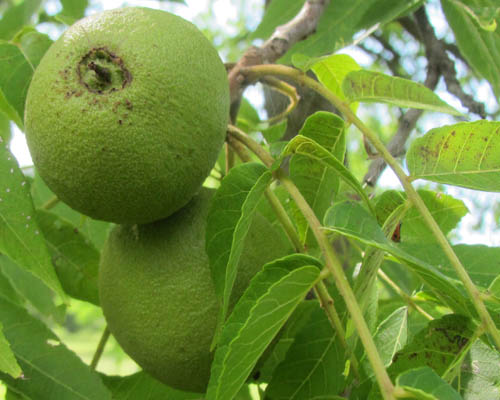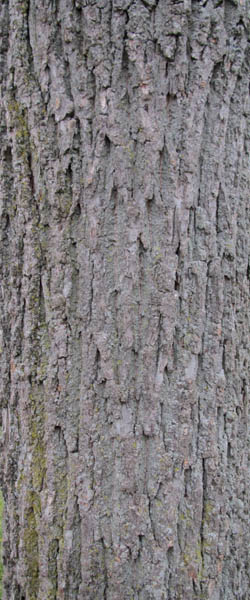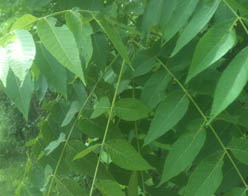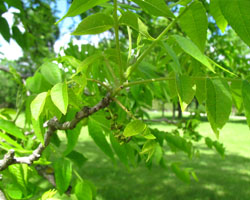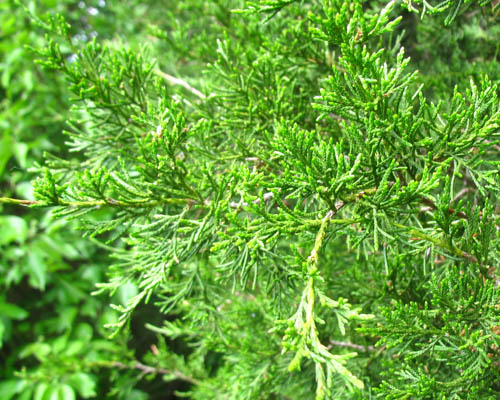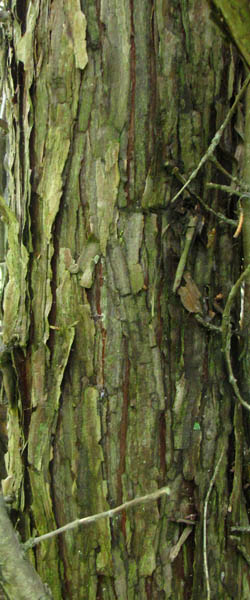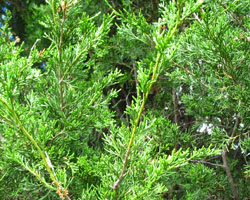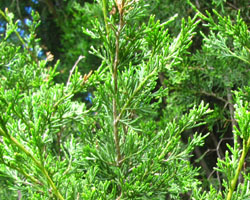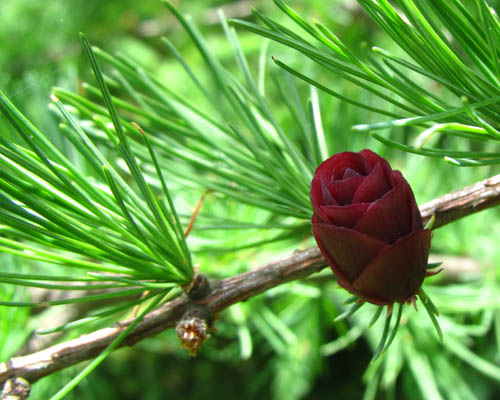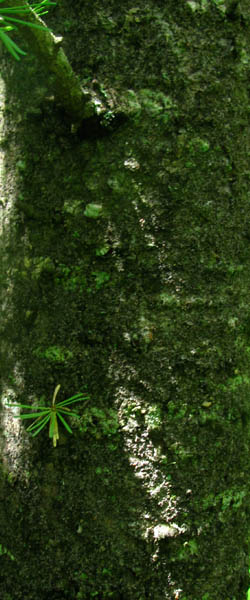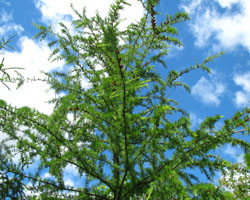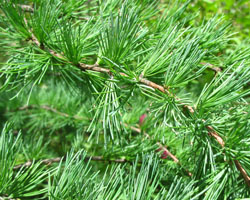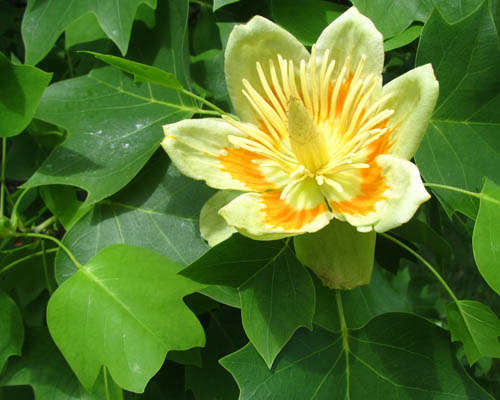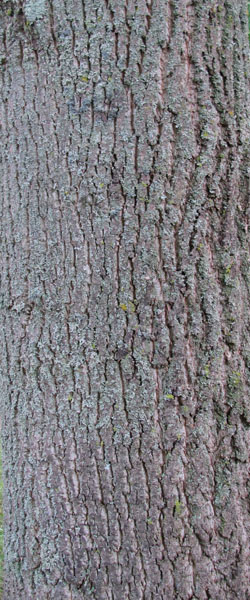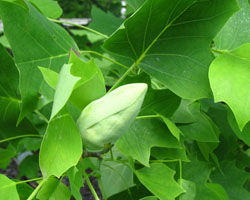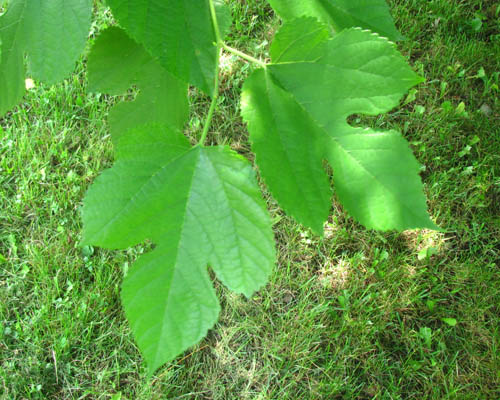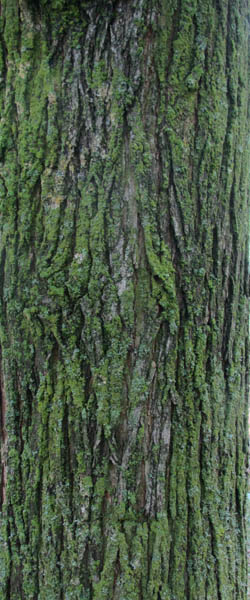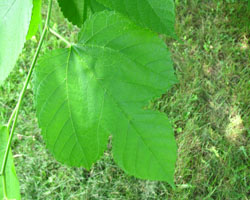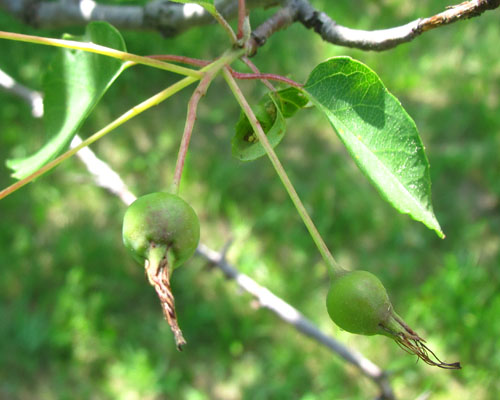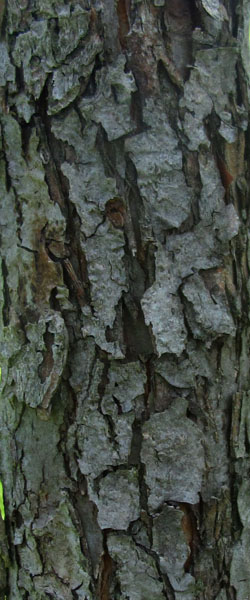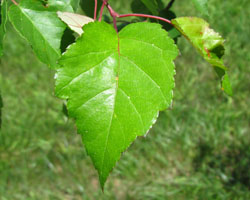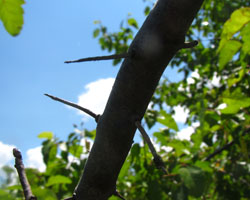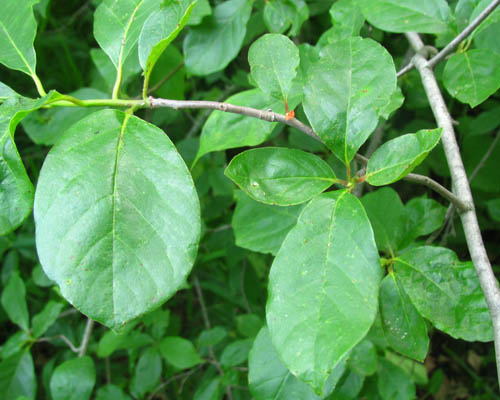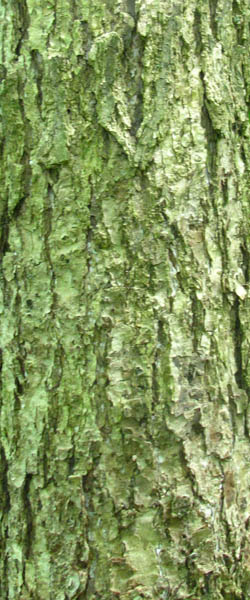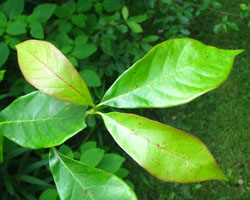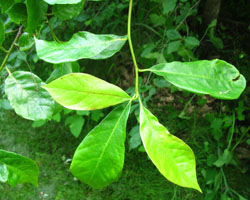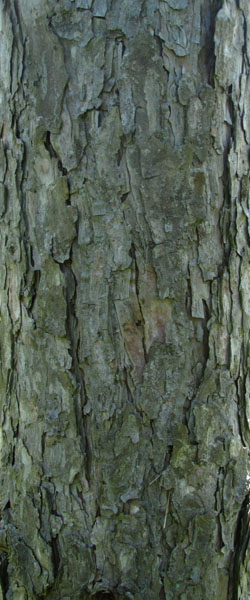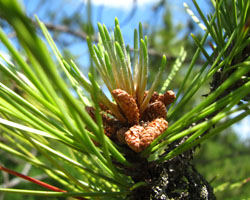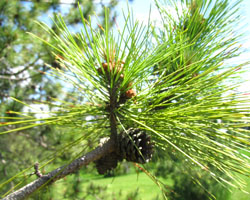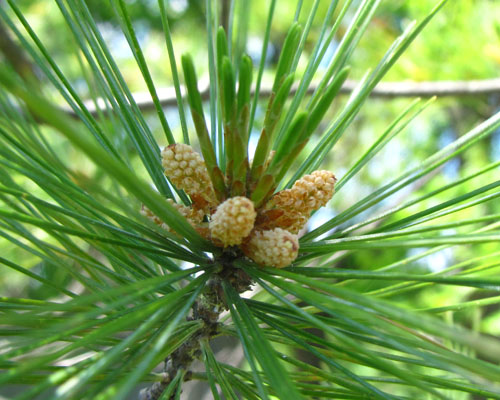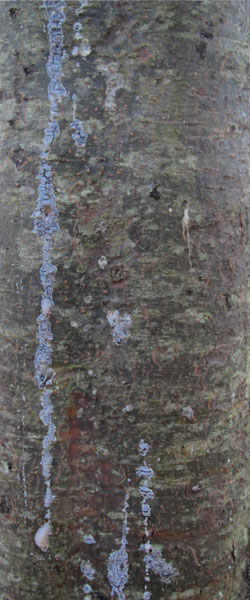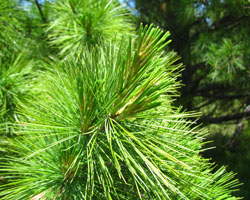Light
Soil
Clay - Sand = tolerant to variety of soils
Size
Width x height in metres (mouseover to switch to feet)
Rating
Between 1-10, 10 = Highly recommended to plant1 = Not recommended to plant
10
Highly recommended to plant
9
Recommended to plant, minor flaw
8
Recommended to plant, minor flaws
7
Recommended to plant, few unfavourable attributes
6
Recommended to plant, several unfavourable attributes
5
Recommended to plant, many unfavourable attributes
4
Not recommended to plant, extra care is likely required
3
Not recommended to plant, extra care is required
2
Not recommended to plant, likely to die prematurely due to pest or pathogen but has many good attributes
1
Not recommended to plant, likely to die prematurely due to pest or pathogen
<<<Previous Index Page 1 2 3 4 5 6 7 Next>>> Juglans nigra - Pinus strobus
Common Name Latin Name Light Soil
Rating
Juglans nigra Clay - Sand
9
Roots are said to have an alleopathic effect on plants growing in the same area - See here for more info.
Root system usually includes a deep tap-root and several wide-spreading lateral roots
Do not plant near vegetable garden or in areas where non-native plants are growingProduces edible nuts
Walnut anthracnose (juglans nigra ) is often found as small black spots on leaves and nuts, but is generally harmless
Scarce and sought-after hardwoods
Juniperus virginiana Sand
4
Also known as Eastern Juniper
Alternate host for cedar-apple rust - refrain from planting near orchards
Produces rot-resistant timber, often used as fenceposts
Larix laricina Clay - Loam
9
Also called Tamarack
Grows in very cold climates
Unique red cones
Produces durable wood
Larch sawfly defoliates stands causing damage and sometimes death
Liriodendron tulipifera Clay - Sand
10
Also known as Yellow Poplar
Small, cup-shaped yellow flowers develop in spring when tree is over 4m high
Used for furniture, musical instruments and pulpwood
Morus rubra Clay - Sand
9
Ideal for bird watchers who have a relatively small yard
Pruduces sweet, edible mulberries
Tree is messy and not recommended for areas near pools, ponds or driveways unless a true-male specimen if found
Wood is valued for its durability
Leaves can be variable in shape as some are unlobed or multi-lobed
The closely related White Mulberry is not native to Southern-Ontario
Malus coronaria Clay - Sand
5
Produces small, green apples which remain on the tree until winter
Flowers are white with pink streaks found in small clusters in spring
Succeptible to many apple-related pathogens
Thorns present along branches
Wood is hard & heavy
Nyssa sylvatica Clay - Loam
8
Also called Tupelo, Pepperidge and Sour Gum
Wood is heavy, hard and strong
Ostrya virginiana Sand
9
Also referred to as Hop-hornbeam
Fruit eaten by wildlife
Extremely hard, tough wood
Slow growing
Pinus resinosa Sand
9
Fast-growing
Preferred to Eastern White Pine as it is resistant to blister rust and tolerant to weevil damage
Wood is used in general construction
Pinus strobus Sand - Loam
8
Also known as Weymouth Pine
Fast-growing
Root system is wide-spreading, moderately deep with a distinct tap-root
Wood is used in general construction
Blister rust and weevil damage
Juglans nigra - Pinus strobus <<<Previous Index Page 1 2 3 4 5 6 7 Next>>>
Hosie, R. C. (1979). Native Trees of Canada. Don Mills, ON, Canada: Fitzhenry & Whiteside Limited.








![]()
